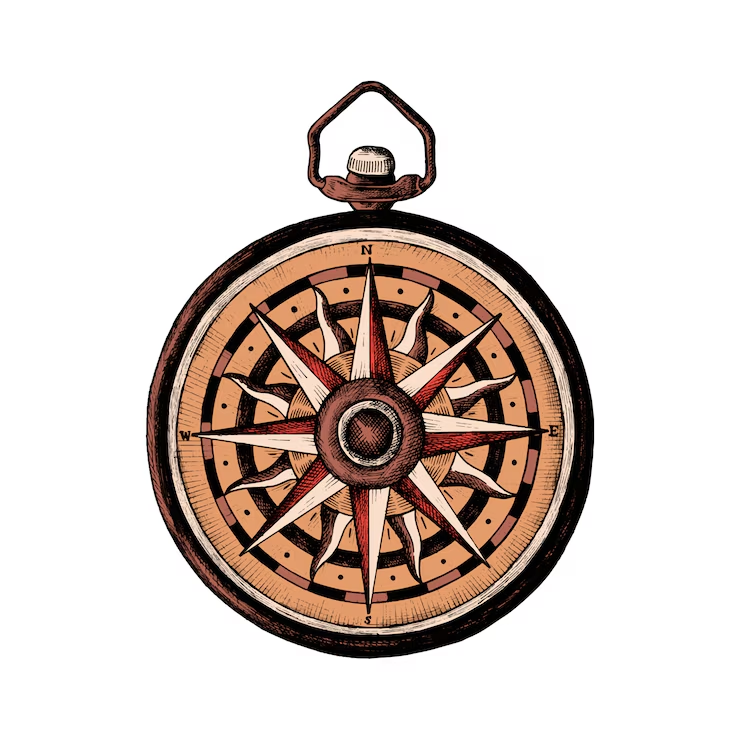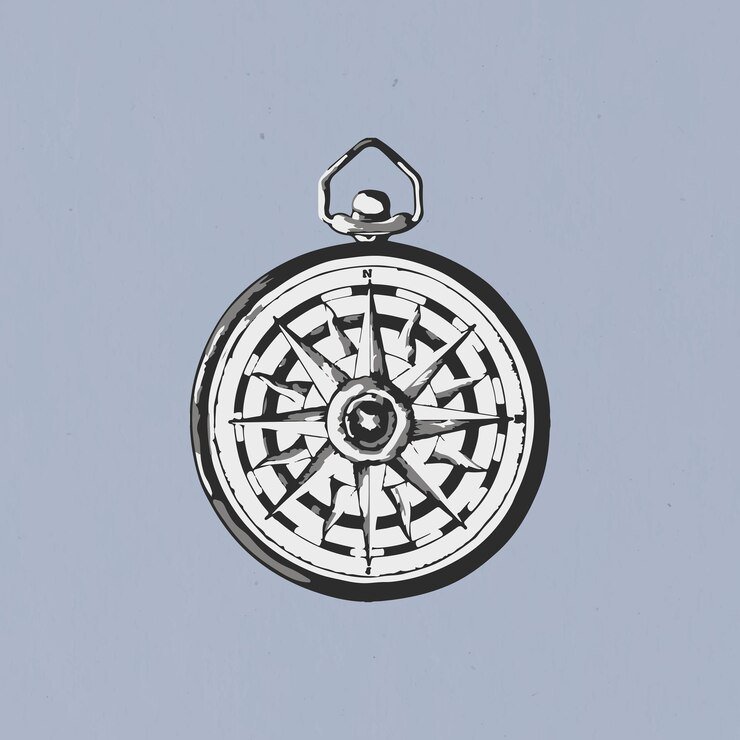Leonardo da Vinci, one of the most influential figures of the Renaissance period, made remarkable advancements across various fields, from art to engineering. Among his many contributions was the development of tools and concepts that greatly impacted scientific study. One such tool, the “bussola” or compass, used to measure angles within a circle, played a crucial role in understanding geometry. This article explores how da Vinci’s innovative approach to geometry and his creation of tools like the bussola helped lay the foundation for modern geometric and scientific exploration.
1. The Role of the Bussola in Measuring Angles
The term Bussola to measure angles within a circle leonardo da vinci, which, although commonly associated with navigation today, was originally used by Leonardo da Vinci to measure angles and facilitate geometrical calculations. In da Vinci’s time, measuring angles within a circle was a key problem in the study of geometry, particularly in architecture and engineering. The compass allowed da Vinci and other Renaissance thinkers to accurately divide circles into sections, measure their properties, and apply this knowledge to various fields such as mechanical engineering, optics, and architecture.
Da Vinci’s adaptation of the bussola reflected his innovative approach, as he sought to understand and quantify the natural world. This tool not only helped with theoretical calculations but was also a practical instrument for craftsmen, artists, and engineers. It bridged the gap between theoretical geometry and real-world applications, making it an essential instrument in Leonardo’s creative and scientific work.
2. Leonardo da Vinci’s Approach to Geometry
Leonardo da Vinci’s fascination with geometry was profound and integrated into his studies of natural science, art, and mechanics. His work on the measurement of angles within a circle was part of his broader interest in the mathematical principles that underpinned the physical world. For da Vinci, geometry was not just about theoretical concepts, but a tool to understand and depict the natural world. He used geometric principles to accurately represent human proportions in his art, study the symmetry of living organisms, and design machines based on mechanical principles.
His approach to geometry also involved experimenting with and adapting tools to achieve more precise measurements. The bussola was one such innovation that reflected da Vinci’s desire to develop tools that could serve both artistic and scientific purposes. By mastering the use of the compass for measuring angles, he was able to create more accurate blueprints and designs, whether for artwork or mechanical devices.
3. Influence of the Bussola on Da Vinci’s Art and Engineering Designs
Leonardo da Vinci’s art is famous for its precise depictions of human anatomy, nature, and mechanical inventions. His use of geometric principles, particularly in relation to angles within circles, was evident in the way he approached both art and engineering. The bussola allowed da Vinci to apply mathematical precision to his studies, which was crucial in his development of concepts for inventions such as the helicopter and the tank.

In his artistic works, the use of geometric shapes, symmetry, and proportion was influenced by the same principles he studied using tools like the bussola. For instance, da Vinci used geometrical constructions to study the relationship between the human body and its proportions, which directly informed the positioning and balance of figures in works like the “Vitruvian Man” and “The Last Supper.” This integration of art and mathematics not only revolutionized the artistic process but also laid the foundation for more scientific methods of designing both functional and aesthetically pleasing objects.
4. The Impact of Da Vinci’s Bussola on Later Technological Advancements
Leonardo da Vinci’s use of the bussola in measuring angles had a lasting impact on the development of later technological innovations. His insights into geometry and precision helped guide engineers, architects, and inventors in the centuries that followed. The tools and principles he devised were precursors to the kinds of instruments used in modern engineering, architecture, and navigation.
For example, the precision required to measure angles within a circle for da Vinci’s mechanical designs influenced the development of more advanced tools like the protractor and theodolite. These instruments, which have been essential in fields like surveying, construction, and astronomy, can trace their roots back to the basic geometric principles that da Vinci explored. In a way, the bussola became an early symbol of the intersection between practical invention and theoretical knowledge, driving advancements that shaped modern science and engineering.
5. The Legacy of Da Vinci’s Geometric Tools in Modern Science
Leonardo da Vinci’s innovations in the field of geometry, particularly his use of tools like the bussola, have had a profound and lasting effect on modern science. While the physical tools may not have been preserved or used in the same form today, the principles behind them continue to influence various scientific disciplines. In physics, engineering, and architecture, the basic ideas of measuring angles, creating precise calculations, and designing based on mathematical principles have their roots in the work of da Vinci.
Additionally, da Vinci’s interdisciplinary approach to geometry, where art, engineering, and science intersect, paved the way for future scholars to see the relationship between these fields. His legacy reminds us that tools designed for practical purposes can also expand our theoretical understanding of the world around us, offering a bridge between creativity and logic.
Conclusion: Da Vinci’s Bussola as a Revolutionary Tool in Geometry
Leonardo da Vinci’s bussola, an innovative tool for measuring angles within a circle, stands as one of the many contributions he made to the fields of art, science, and engineering. Through his deep understanding of geometry, he bridged the gap between theoretical study and practical application, revolutionizing the way humans interacted with the natural world. The impact of his work continues to resonate today, as his inventions and ideas laid the foundation for modern technological and artistic advancements. Understanding da Vinci’s contributions to geometry highlights his brilliance as a visionary who understood the power of mathematics in shaping both the scientific and artistic realms.

